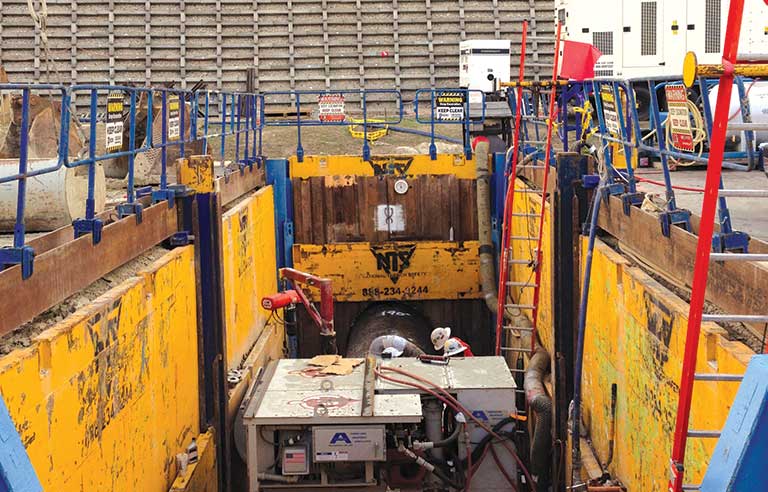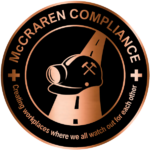
The photo showed an unprotected trench, and one of the workers pictured died when the trench collapsed moments after the photo was taken, said Ketcham, one of several experts featured in the webinar, hosted by CPWR – The Center for Construction Research and Training.
“This is why we’re focusing on trenching,” he said. “It happens in a second, and the conditions can lead to loss of life very quickly.”
According to Bureau of Labor Statistics, 17 workers died in excavation or trenching incidents in 2018.
Joe Wise, regional customer training manager of trench safety at United Rentals, and Alan Echt, senior industrial hygienist at the NIOSH Office of Construction Safety and Health, joined Ketcham in addressing factors that influence trench safety during the one-hour presentation.
Atop the list are protective systems. The OSHA standard for trenching and excavation (29 CFR 1926.650-652, Subpart P) requires protective systems for trenches that are 5 feet or deeper, unless the excavation occurs in stable rock. A registered professional engineer is required to design protective systems for trenches that are at least 20 feet deep or approve tabulated data prepared for the system.
The three primary protective systems are:
Sloping (or benching): Cutting back the trench wall at an angle inclined away from the excavation.
Shoring: Installing aluminum hydraulics or other types of supports to prevent cave-ins.
Shielding: Using trench boxes or other supports to prevent cave-ins.
Wise highlighted the vital role served by the designated competent person, who leads the operation and assesses existing and potential hazards before work begins.
“There’s so many different ways to help shore up a trench, and not every job is the same, so someone that is a competent person, that has that awareness of many different solutions, is going to be better suited to make sure that job can not only be safe, but also very productive in the process of that project,” Wise said.
The National Utility Contractors Association recently declared June Trench Safety Month. In addition, the North American Excavation Shoring Association and OSHA are set to host a series of educational trench safety summits in Boston; Orlando, FL; Los Angeles; and Denver during the summer and early fall.


